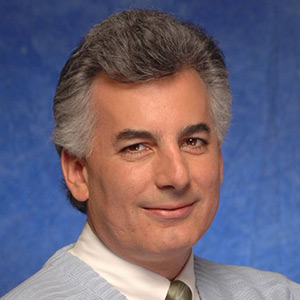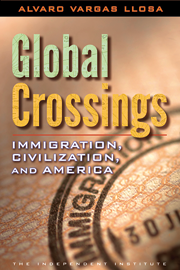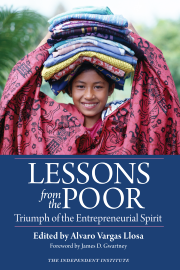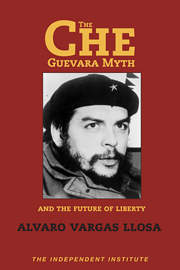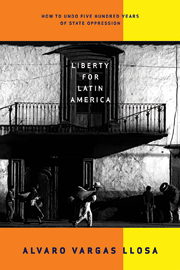WASHINGTON—Whether Fidel Castro’s condition is terminal or not, Cuba’s transition has begun. Nobody at this stage knows what kind of transition it will be or how long it will take, but the symbolism of Fidel Castro handing over power to his brother is sufficient to tell us that half a century of one-man rule on the island is over. Whatever happens next, this will not be Fidel Castro’s dictatorship.
So, what kind of transition will this be? There are five possible scenarios for a communist regime, at least three of which no longer seem possible in Cuba. The three that are highly unlikely are the Chinese model, the Polish model and the Soviet model.
The Chinese model, also followed by Vietnam, involves the combination of communist political dictatorship and a market economy of sorts. Fidel Castro toyed with that idea in the 1990s when the end of the Soviet subsidy caused the collapse of the Cuban economy. He went back on the mild reforms as soon as he realized they would lead to a decentralization of economic power. This type of transition can either be led by someone with unquestionable political legitimacy in the eyes of the regime, as was the case of Deng Xiaoping in China, or by a group of pragmatists after the death of the legitimate leader, as was the case with the Vietnamese pragmatists after the death of Le Duan in the mid-1980s. Raul Castro, Fidel’s chosen successor, does not have the kind of legitimacy that Fidel had and would not be able to undo his brother’s economic legacy without causing the collapse of the dictatorship.
The Polish model involves a Communist leader willing to hand power over to the opposition—as Wojciech Jaruzelski did in 1989, opening the doors to the emergence of Tadeusz Mazowiecki as prime minister. My Cuban friends tell me Raul Castro attempted to introduce some reform in the armed forces in the 1980s on the basis of “efficiency and pragmatism” and his brother ordered him to stop. However, Raul’s long history of repression makes him an unlikely Jaruzelski. Raul was personally involved in many of the executions in the early stages of the Revolution, has been instrumental in purging and punishing, sometimes with the death penalty, generals the regime considered suspect, and has followed a Stalinist line to this day.
The Soviet model entails a bureaucratic transition in which the party leadership as a body undertakes a degree of openness and structural reform. Mikhail Gorbachev’s leadership acquired such personal dimensions that we often forget he was a creature of a collective decision to engage in reform. That process ultimately evolved into Western-style political leadership. The problem with this model in the case of Cuba is that the bureaucrats in charge are still the original revolutionary tyrants. In the communique through which Fidel handed over power to Raul on Tuesday, a few names were mentioned, particularly those of Jose Machado Ventura and Jose Ramon Balaguer. Both are septuagenarian “Raulistas” who fought in the Sierra Maestra.
This leaves two possible transitions. One would be “Fidelismo” without Fidel. In other words, a military dictatorship under Raul Castro—who at 75 is frail and suffers from cirrhosis due to alcoholism—until he passes away or becomes incapacitated himself, at which time the real transition process would begin. His regime would survive, much like Fidel Castro’s has survived in the new millennium, thanks to oil and cash from his pal, Hugo Chavez of Venezuela.
The other, more likely, scenario is a power struggle among various factions. Cuban General Jose Quevedo recently told a group of Cubans in Madrid that the degree of personal control by Fidel Castro has been such that no one with any kind of following has emerged these past few years in the armed forces or the Communist Party. Aside from Raul’s limited legitimacy stemming from his long history as a revolutionary and his anointment by Fidel, no one is in a position to command respect. Considering Raul’s age and health, this means a power struggle among factions is likely. Divisions will emerge between the old guard and the younger “apparatchiks,” between those who have ties to Chavez and those who resent foreign meddling, and between those who favor maintaining things as they are and those who want to start a transition toward democracy and free markets.
We don’t know at this stage whether that struggle will be violent or purely political. But we know that the most important thing that needed to happen—that is, Fidel Castro’s demise—is happening right now. Now freedom at least has a fighting chance on the island.

